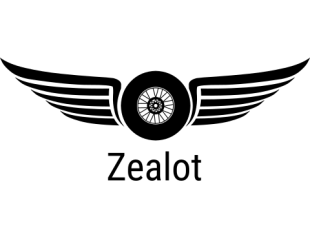Being another one new to DCC I have bought a MRC Prodigy Express outfit for use with my up and coming small layout.Its going to be about the same size as the Stoney Creek railroad being built in the Model Railorader.
Now, I am obviously mistaken here, but I thought that DCC was supposed to be 2 wire wiring, ie connect it up and away you go, the electric travelling to all parts thereby saving a lot of electrical connections.
I see on the Stoney Creek set that the author has seven sections. Whyso? when the decoder will isolate all locos unless selected to work. The wiring reminds me of a conventional layout where the sections can be used to stand locos on and isolate them when not required.
Any comments please. I will be using Peco Electrofrog turnouts.
Now, I am obviously mistaken here, but I thought that DCC was supposed to be 2 wire wiring, ie connect it up and away you go, the electric travelling to all parts thereby saving a lot of electrical connections.
I see on the Stoney Creek set that the author has seven sections. Whyso? when the decoder will isolate all locos unless selected to work. The wiring reminds me of a conventional layout where the sections can be used to stand locos on and isolate them when not required.
Any comments please. I will be using Peco Electrofrog turnouts.

